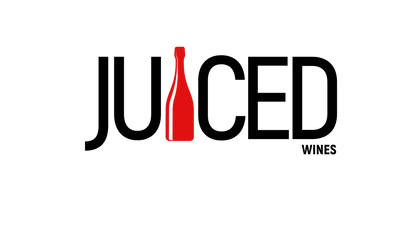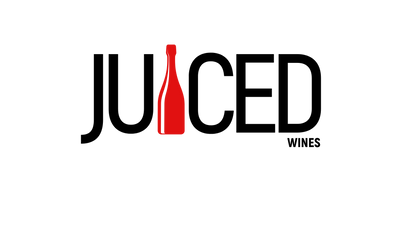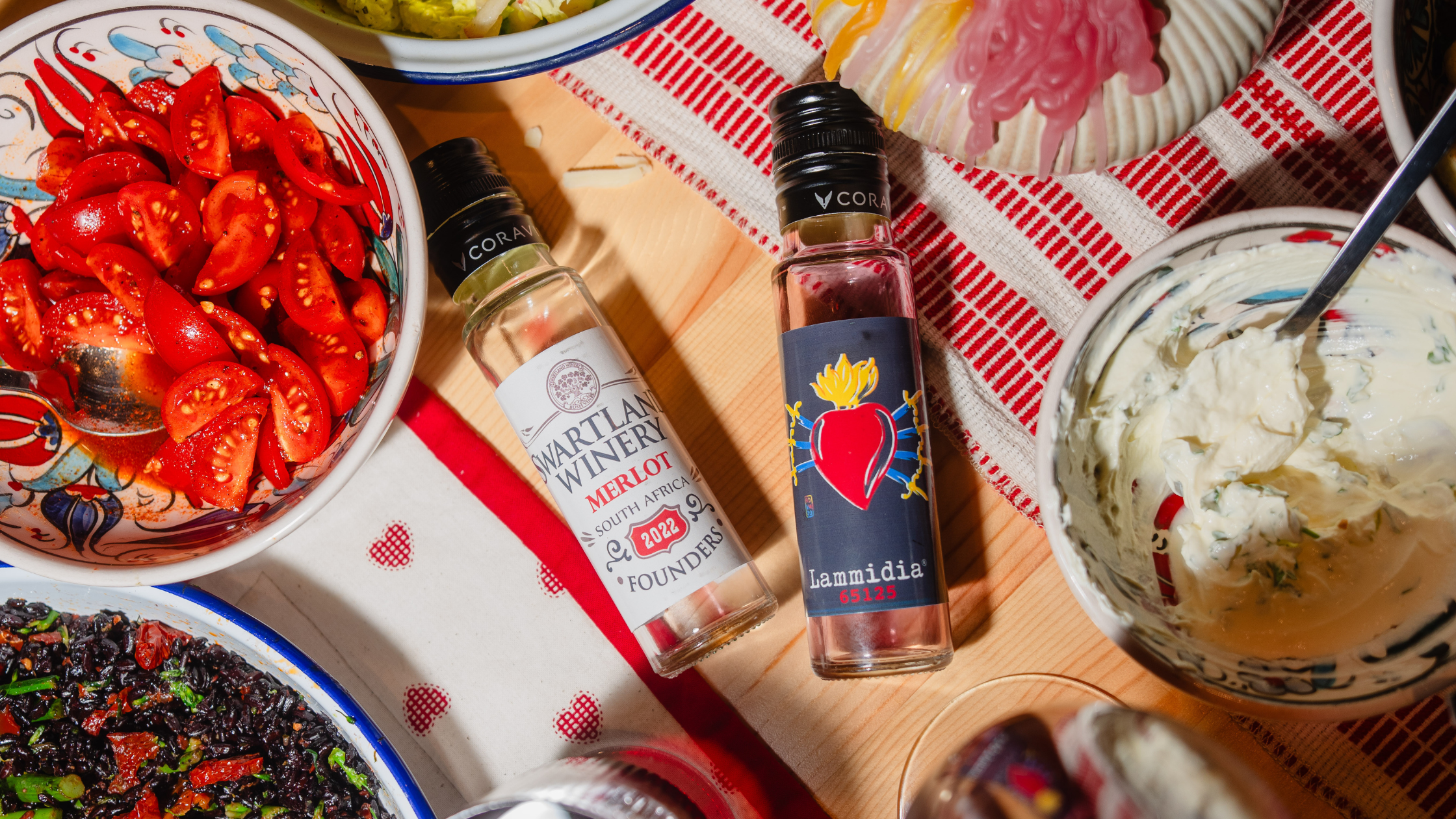What is Natural Wine?

There is no easy definition for natural wine. Rather, it is an identity that is defined by the individual using the term. Though natural wine purists condemn the appropriation of the term “natural wine” for commercial wine marketing, the reality is that the term is rapidly evolving.
Natural wine isn’t just a fad for hipsters with cuffed pants and beanies. Long before hipsters roamed the planet, wine was being made naturally without additives. In fact, for thousands of years, the stuff we now refer to as “natural wine” was just called “wine.” The modern natural wine movement emerged in the late 20th century, but the practices it draws upon are far from new. It is conventional industrial farming and winemaking that is a modern invention. So what’s the difference between the two?
To understand what natural wine is all about, it is important to first understand what it combats. Isn’t all wine natural? Maybe you are like me, having naively presumed that wine was made purely from 100% grapes. If so, let’s burst your bubble. Wine can legally contain up to 200 additives--everything from egg whites and fish bladders, inoculated yeasts, adjustments to acidity and sugar levels, and much more. There is no easy way for consumers to tell if a wine is produced naturally or with additives because wine labels do not require ingredient lists. The natural wine movement is a reaction against commercial winemaking practices and the lack of transparency for consumers.
So what actually is natural wine? Well, there is no formal definition, pretty much no labelling system, and the wine community itself cannot seem to agree on what constitutes a “natural wine.” But if there is one underlying slogan of the natural wine movement it is: “nothing added, nothing taken away.” Natural wine aims to produce wine in its purest expression, with the least amount of human intervention possible. Natural wine is made both in the vineyard and cellar, with numerous decisions along the winemaking journey determining the resulting wine’s natural-ness.
Natural wine starts in the vineyard. Most would agree that for a wine to be considered natural, it should be grown without spraying the vines with pesticides or herbicides. Some wineries are certified organic, and others are practicing organic. The process of becoming certified organic is extensive and can take years. Some wines will be labelled as organic on the bottle, but others who practice organic viticulture may not hold the official certification and will not have a label designation. It’s therefore not immediately apparent from the wine label what the practices in the vineyard are. Consumers must do their own research to determine the vineyard practices of a given winery.
Next, the grapes for natural wine are often hand-harvested. Hand-harvesting uses hand tools like shears and knives in the vineyard, which results in a gentler and more selective grape picking process. A gentler touch can make a world of difference when dealing with finicky thin-skinned grapes like Pinot Noir. When a grape breaks, it can cause unwanted oxidation and bacteria growth. When machines harvest the grapes, this is more common as they are less carefully handled and grapes can shatter. Hand-harvesting also allows for an experienced human eye to sort the highest quality fruit from the less desirable fruit. While a machine pulls the entire grape bunch, a human is able to sort through a grape cluster to pick individual grapes. Hand-harvesting can be especially useful for grape varieties that ripen at different times. Some winemakers require multiple pickings in the vineyard in order to pick at uniform ripeness/sugar levels. Hand-harvesting can be a time consuming and, thus, expensive process. It often brings with it higher retail prices for the consumer.
The next qualifications for natural wine lie in the methods used in the winery. One major decision in the winery is whether to use commercial or native yeasts. Yeast is the compound that transforms sugar into alcohol. Grape skins naturally produce the yeasts required to create wine. However, today, winemakers have their choice from entire catalogs of commercial yeasts to add to their wines instead. In the 1960s, dried cultured yeast strains were discovered and commercial yeast entered the market. Commercial yeasts allow for more precision in the winemaking process, the ability to seek out specific desirable flavors (for instance, a strain that brings out more tropical fruit flavors in a Sauvignon Blanc or fruity cherry notes in a Pinot Noir), less vintage to vintage variation, and an overall more consistent product. To many natural wine enthusiasts, the use of cultured yeasts is anti-terroir because it introduces foreign flavors and mutes other natural ones. We call something “natural” when it is a self-sustaining entity, and many natural wine enthusiasts believe grapes inherently contain everything they need to create wine.
Another major factor for winemakers to consider in the winery is the use of sulfur dioxide (SO2), or sulfites. The acceptable use of sulfites in natural wine is fiercely debated. Sulfites are a natural byproduct of the fermentation process, albeit at low levels. But sulfites can also be added to wine by winemakers as a way to help preserve the wine. Sulfur is an antioxidant and antimicrobial, and can be a huge asset to a winemaker attempting to produce stable and age-worthy wines. Sulfur prevents wine from oxidation and can help avoid wine turning to vinegar. Most natural wine lovers agree that natural wine should contain minimal or no added sulfites. Any wine with more than 10ppm of sulfur (a very small amount that often occurs naturally) will read “contains sulfites” on the labels.
There are countless other decisions a winemaker can make in the winery that affects whether the finished product will be considered “natural.” As we mentioned earlier, winemakers have the choice to use some 200 different legally-approved additives, and they also can choose to remove elements from a wine. It is standard practice in conventional winemaking to fine and filter a wine before it is released. This strains out any particles in the wine and yields a more visually clear product. However, many natural winemakers believe that fining and filtering also removes precious flavor and character. Thus, many natural wines will be slightly cloudy and might throw some sediment.
There is no easy definition for natural wine. Rather, it is an identity that is defined by the individual using the term. Though natural wine purists condemn the appropriation of the term “natural wine” for commercial wine marketing, the reality is that the term is rapidly evolving. Because there is so little regulation, it is important for consumers to do their own research to determine which values constituting “natural wine” are important to them. Then, you can seek out natural wine importers/distributors, shops, and bars that you trust to carry wines that align with your values.












